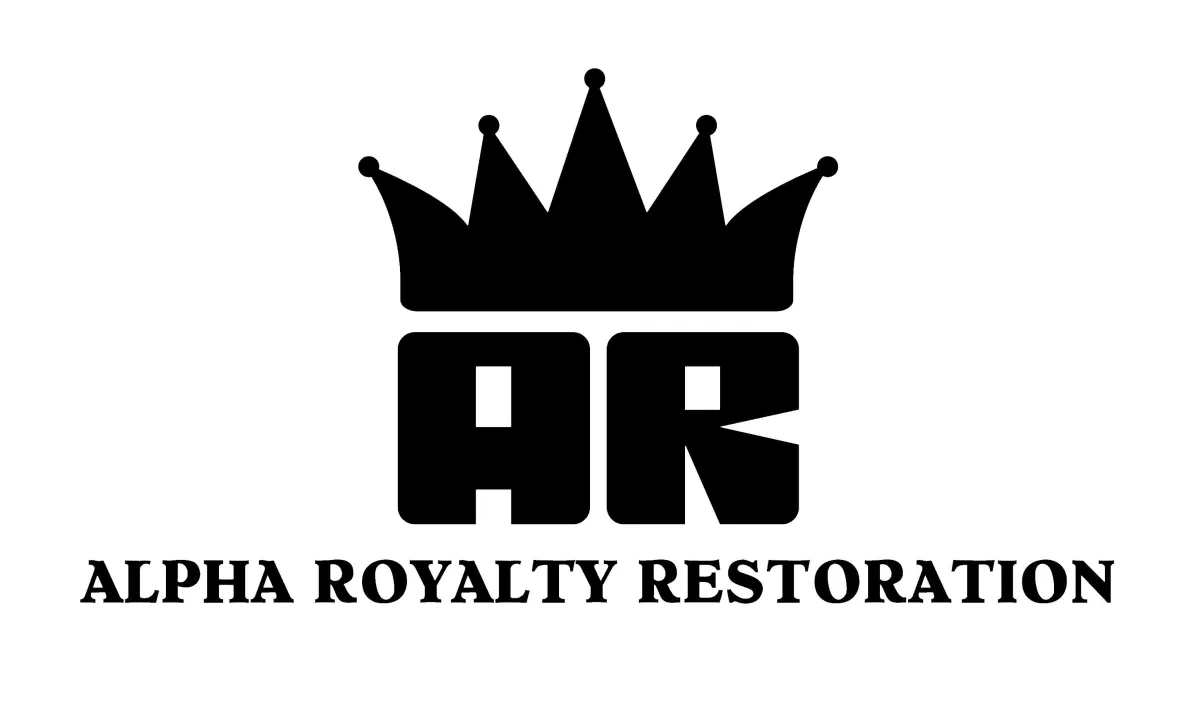Fast and Reliable Restoration Services for Water, Fire, and Mold Damage
Commercial and Residential Restoration
Mold Remediation
Fire Damage Clean-up and Restoration
Water Damage
Why Us
At Alpha, we understand how devastating it can be to experience water, fire, or mold damage to your property. That's why we're here to provide comprehensive restoration services to help you get back on your feet as quickly as possible.
With 12 years of experience in the industry, our team of certified technicians has the knowledge and expertise to handle any type of property damage, no matter how severe. We use advanced equipment and techniques to restore your property to its pre-damage condition, and we work closely with you every step of the way to ensure your complete satisfaction. Whether you've experienced a flood, fire, or mold growth, we're here to help you navigate the restoration process with ease and confidence.
Restoration services
Fire Damage
Clean-up

From minor smoke damage to major structural damage. We use advanced equipment and techniques to remove soot and smoke damage, repair structural damage, and deodorize your property, leaving it clean and safe for you to return to.
Water Damage Restoration

Whether it's from a burst pipe, a leaky roof, or a flood, water damage can quickly cause serious problems if not addressed promptly. That's why we're here to provide fast and effective water damage restoration services
Mold Remediation

Mold can spread quickly and cause serious respiratory problems and other health issues, as well as damage to your property. Our specialists have the knowledge and equipment necessary to identify the source of the mold growth, contain the affected areas, and safely remove the mold. We can remediate up to 25 Continues square ft of growth.
in 4 simple steps

Contact Us
Emergencies happen 24/7/365, and we're here to assist you thru it all

Schedule Inspection
Our certified team will go out immediately and provide you with all necessary information so you can make the best decision for you and your family

Filing A Claim
Our technicians provide guidance and suggestions when speaking to your insurance. With all the do’s and dont’s, and our teams assistance, you’ll never feel like you're alone.

Mitigate and Restore your Home
Let our team handle it from here. We stop the damage with industry-leading tools and experience
Call: 469-990-8791
Email:[email protected]
